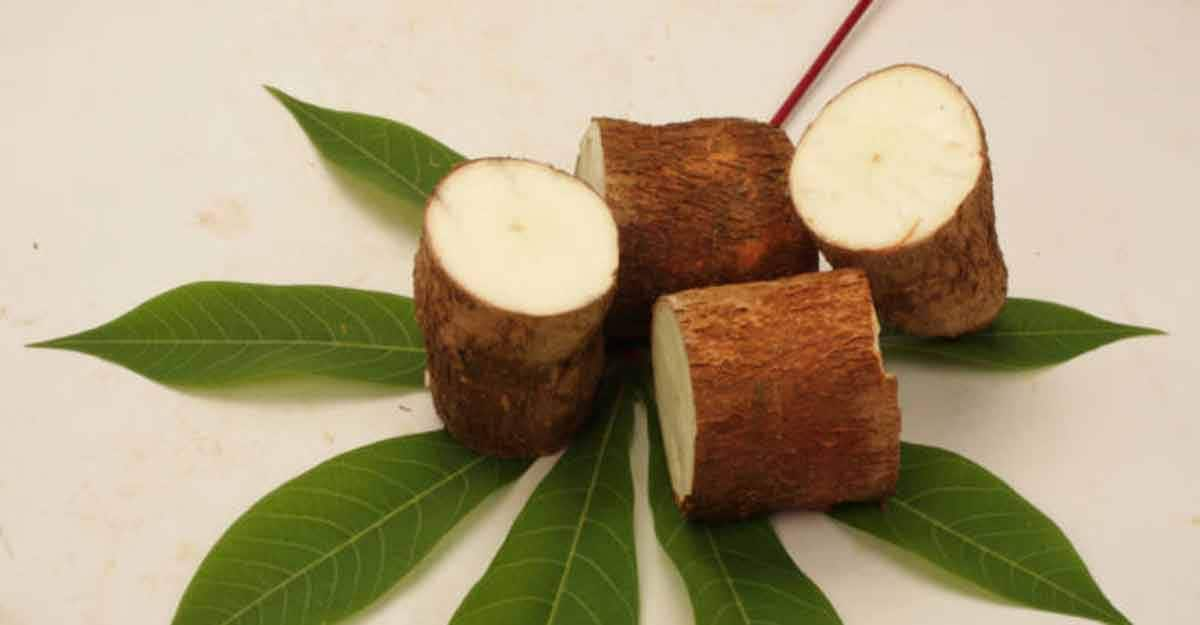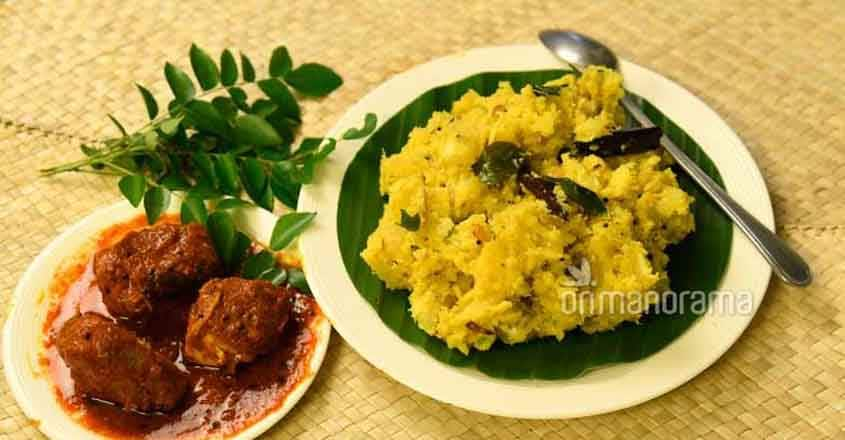Tapioca is not a wholesome dish. Here is how to make it well balanced and complete

Mail This Article
Tubers are storehouses of carbohydrates while its leaves contain protein and minerals too. Cassava is one of the most popular food items in Kerala which is often enjoyed with delicious fish and meat curries. The presence of cyanide compounds gives tapioca a bitter taste. Besides, it could even cause nausea or stomach illness in some people. These days, genetically engineered tapioca or hybrid varieties that do not contain cyanide components are available in the market.
You can remove the cyanide compounds in tapioca like this:

Cut the tapioca into small pieces and soak them in water. Boil these pieces for at least half an hour. When you strain these boiled tapioca pieces, around 95% linamarin, a cyanogenic glucoside found in cassava is lost. This compound is not lost at this rate when tapioca is steamed, baked or fried in oil. Meanwhile, the enzyme linamarase, or beta-D-glucosidase, is lost when tapioca is dried under the sun. The cyanide compound in the cassava leaves too could be removed by boiling them in hot water for at least ten minutes.
Around 95% linamarin could be removed if ground tapioca is soaked for up to three days in water. Garri, a popular African food is cooked like this.
No cholesterol, no fat
As tapioca is loaded with iron and copper, it would help in the production of new blood cells. Tapioca is comparatively a safer food option for heart patients as it doesn’t contain cholesterol or fat. Besides, tapioca has low sodium content making it a perfect food item for those who have high blood pressure. The rate of potassium in cassava is 92 mg/100 mg which is excellent for the heart vessels. Tapioca is best for maintaining a balance between the water content and the electrolytes in the body.
The fibres in cassava are in the form of resistant starch which regulates the functioning of the gut. Besides, it is excellent for the development of micro bacteria that ensures gut health.

There is no gluten in tapioca flour. So, instead of all purpose flour, tapioca flour could be used to make cake, biscuits and other tasty treats for those with gluten intolerance. This would be perfect for those who have been diagnosed with celiac disease, a chronic immune disease triggered by gluten ingestion.
Not great for diabetes
Diabetes patients should consume tapioca minimally as it would increase the glucose levels in blood. So, they should avoid eating tapioca on a regular basis. Those who have goitre disease too should avoid tapioca as it would disrupt the absorption of iodine which is essential for the proper functioning of the thyroid glands.

Some people experience gastric troubles after eating tapioca. It is caused when they eat tapioca in huge portions, doesn’t chew well, reduce water intake or doesn’t do exercises. In the olden days, boiled tapioca was eaten by farmers who worked hard in the fields.
It must be noted that tapioca is not a well balanced food item as carbohydrates is the main content. However, pairing it with fish or meat makes it wholesome and delicious too.
Tapioca is a safe food item if it is boiled well; however, make sure that it suits your health condition. Making tapioca a main part of our staples would ensure food security with the climate change slowly affecting the crop industry and hence the availability of common grains.

